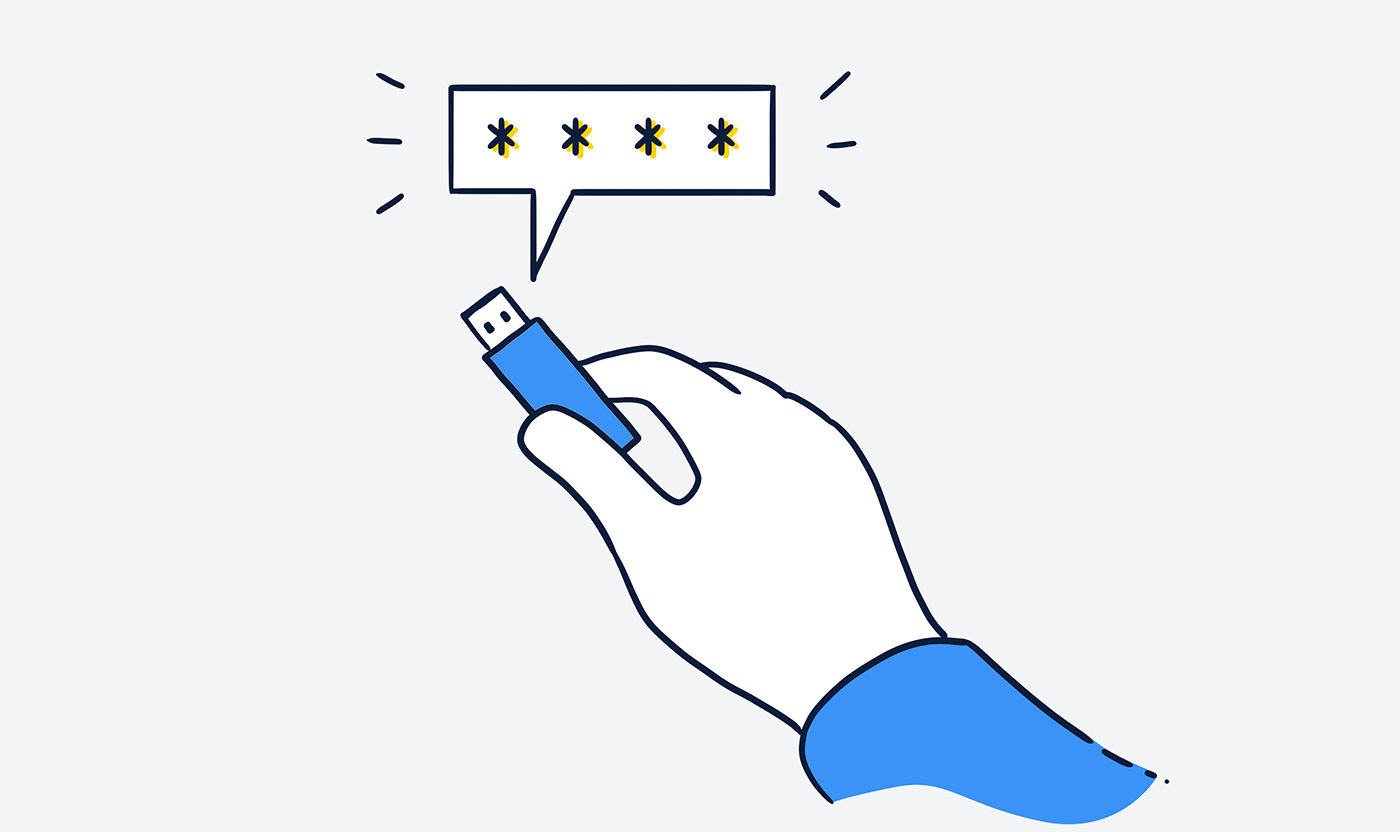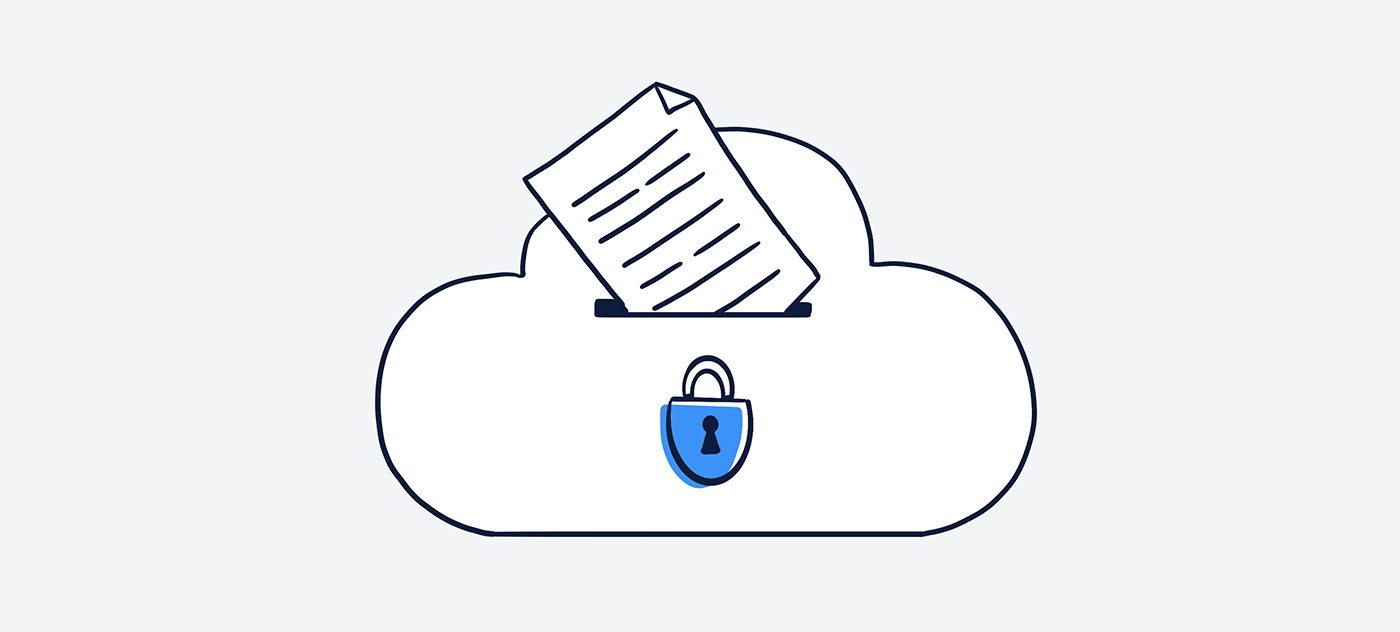In almost every company and every industry, freelancers and external partners are an integral part of projects. This way, they do not only gain insights into internal workflows but also have access to sensitive and business-related documents – and this information should under no circumstances get through to unauthorized people or even to the competitor. So, what do you have to keep in mind if the new product presentation is to reach a business partner in Switzerland, for instance?
How do you make file exchange secure?

"I can forward the presentation quickly and easily by email. That's what everyone does. What could possibly happen?"
Email
What not to do: Emails are often compared to postcards as they can be viewed by virtually anyone – without any additional encryption. Yet, they are still the medium of choice for many, even when it comes to sharing sensitive content. In theory, the confidential product presentation can be intercepted by anyone who intends to do so at any time.
Better: Protect the attached presentation with a password. This is much better, yet by far still not the best solution.
Note: In a "man-in-the-middle attack", professionals can easily get between you and your business partner, intercept messages or manipulate your email correspondence. For this reason, emails offer a lot of attack surface for malware. Emotet, for instance, is a very famous example that can cause substantial damage. Email is therefore not the best solution for exchanging sensitive content.

"Soon a business dinner is planned with our partner. Isn't that the perfect opportunity to hand over the presentation on a flash drive?"
Flash drive / hard drive
What not to do: You grab your flash drive, delete the sensitive information you don't need anymore and save your presentation on it. What you probably don't know: The "deletion" of the old content is not guaranteed.
Better: It is not enough to connect your flash or hard drive to a computer, select the files and delete them. The storage device becomes much more secure once you have formatted and overwritten it (several times). Special deletion programs can help you to permanently delete data from storage devices.
What not to do: Many flash drives are passed on unencrypted. This is a mistake because, after all, it can quickly be lost or stolen.
Better: Use PIN-protected flash drives for sensitive information. In doing so, you protect the content on your storage device.
Note: Not all flash drives are lost by accident. The storage devices with malware are often used as Trojans and "placed" purposely by attackers. For example, it is a popular trick to accidentally "lose" a flash drive in the company's parking lot. In the worst case, it is enough to plug in a found or donated flash drive for the malware to install automatically. For more information and tips, check out our Social Engineering section.

Choosing the right cloud provider ensures that sensitive files are protected in the best possible way.
Cloud
The cloud is the most secure option for securely sharing files and documents with external people. By using the right cloud storage services or collaboration solutions, files can be encrypted in the best possible way. Go for a service that requires a login to view all data. This way, your presentation is safe and only reaches the person who is authorized to see it: your business partner.
Note: Always inform yourself about the encryption concepts, server locations and other security measures of the providers, and take into account your company's internal guidelines and standards.
Almost finished...Please click the link in the email and confirm your email adress to complete the subscription process.
Never miss a post. Get awesome insights in your inbox.